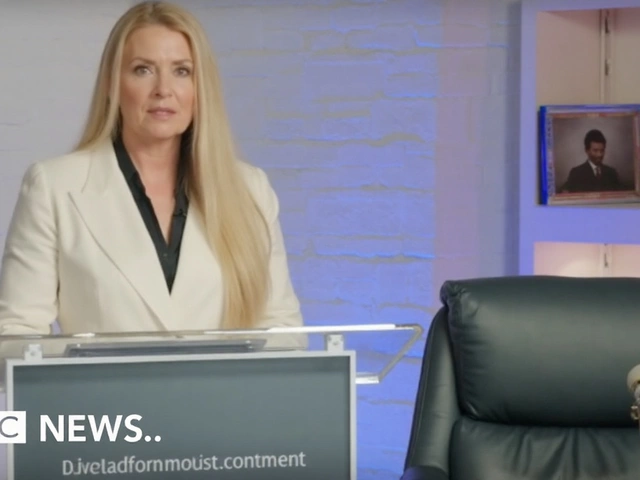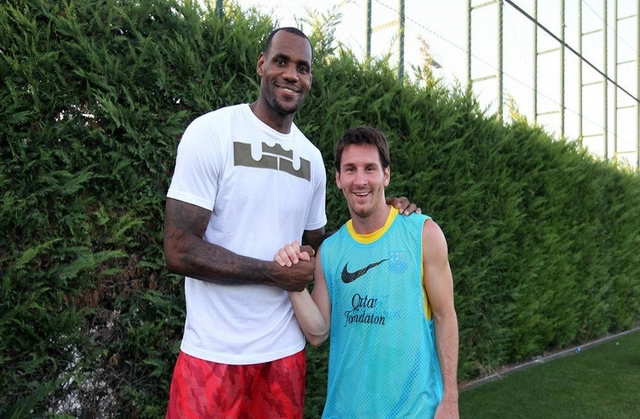NBA – Your Hub for All Things Basketball
When talking about NBA, the premier professional basketball league in North America, featuring 30 franchises and a global fanbase. Also known as National Basketball Association, it drives the sport’s popularity worldwide. Right alongside, basketball, a team sport played on a court where two teams aim to score by shooting a ball through a hoop provides the foundation for the NBA’s fast‑paced action. The league’s season culminates in the playoffs, a knockout tournament that determines the champion after the regular season, while the annual draft, an event where teams select eligible players to join the league fuels fresh talent each year. Together, these elements create a dynamic ecosystem that keeps fans hooked from October to June.
Why the NBA matters for players, fans, and local clubs
The NBA isn’t just a collection of games; it’s a cultural engine. Each franchise—like the Lakers, Celtics, or Warriors—represents a city’s identity, driving community pride and local economic activity. For aspiring athletes, the league sets the benchmark for skill development, conditioning, and professionalism. Training programs at Oxfordshire clubs often model drills from NBA playbooks, and many youth leagues adopt the league’s emphasis on teamwork and analytics. The league’s media contracts and global outreach also mean that a single game can be streamed in dozens of languages, expanding its influence beyond the United States.
From a strategic perspective, understanding the NBA’s structure helps fans follow the storylines that shape each season. The regular season’s 82 games provide the data that analysts use to predict playoff seedings, while the draft lottery adds an element of chance that can reshuffle a team’s future. Moreover, the salary‑cap system creates a unique balance of competition, ensuring that smaller markets can still field contenders. These mechanisms illustrate how the NBA blends entertainment with sophisticated business models, offering lessons for sports managers everywhere.
Our curated posts below dive into these topics from different angles. You’ll find pieces that break down the latest playoff matchups, spotlight emerging draft prospects, and explore how NBA branding influences local sports culture. Whether you’re a seasoned fan looking for tactical analysis or a newcomer curious about the league’s history, the collection gives you practical takeaways and fresh viewpoints. Get ready to explore the depth of the NBA’s impact on the game, the industry, and the community around you.
Why is the LA Lakers-Boston Celtics rivalry the best in sports?

The LA Lakers and Boston Celtics have a storied rivalry that dates back to the 1960s. The two teams have met in the NBA finals 12 times, with the Lakers winning nine of those matchups. The rivalry is not just based on the number of championships won, but also on the personal battles between the teams' stars. The Lakers and Celtics have featured some of the greatest players in NBA history, such as Magic Johnson, Larry Bird, Kobe Bryant, and Kevin Garnett. The Lakers and Celtics continue to battle for supremacy in the NBA, and their storied rivalry is regarded as the best in sports.
Categories
RECENT POSTS
Robbie Keane leads Ferencváros to Europa League top three with stunning home win
Irish manager Robbie Keane has led Ferencváros to third place in the 2024/25 Europa League after a 3-1 win over Ludogorets at Budapest's Groupama Arena, marking a historic rise for the Hungarian club under his leadership.
Charlie Kirk: Erika Kirk vows her husband's voice will remain after reported Utah campus attack
Erika Kirk delivered an emotional message after reports of an attack involving her husband, Charlie Kirk, at a Utah university. She vowed to carry on his mission through Turning Point USA and said his work to strengthen families would continue. Authorities say they are reviewing evidence and have made an arrest, but full details remain unconfirmed. Reactions poured in across conservative networks.
Who is more famous, Lionel Messi or LeBron James?
Lionel Messi and LeBron James are two of the most famous athletes in the world. Messi is widely regarded as one of the greatest soccer players of all time, while James is a four-time NBA Champion with the Los Angeles Lakers. Both have legions of fans across the globe, but who is more famous? It's difficult to say definitively, but Messi likely has the edge. He has won the Ballon d'Or for the world's best player an incredible six times, and he has helped Barcelona become one of the most successful teams in club soccer history. Meanwhile, James' popularity has waxed and waned over the years, and he is still chasing Michael Jordan's legacy in the NBA. Ultimately, Messi's sustained success on the pitch and global fan base make him the more famous of the two.
Rüh Dental Opens First Dental Clinic Inside Harrods
Dr. Zayda Sheikh turned a private practice on Fleet Street into a luxury brand that now lives on Harrods' fourth floor. The new clinic offers same‑day smile makeovers, implants and aligners while keeping the high‑end service standards of the department store. Its opening marks the first dental practice inside Harrods, giving the brand unprecedented credibility. The venture blends cosmetic dentistry with a broader wellness outlook, aiming at global clients who view their smile as part of overall health. Sheikh’s story shows how entrepreneurship, relationship‑building and niche focus can reshape a traditional industry.
UK Clocks Jump Forward March 30, 2025 – British Summer Time Begins
The UK shifts to British Summer Time on 30 March 2025 and reverts on 26 October, affecting millions. History, impact and future plans explained.




